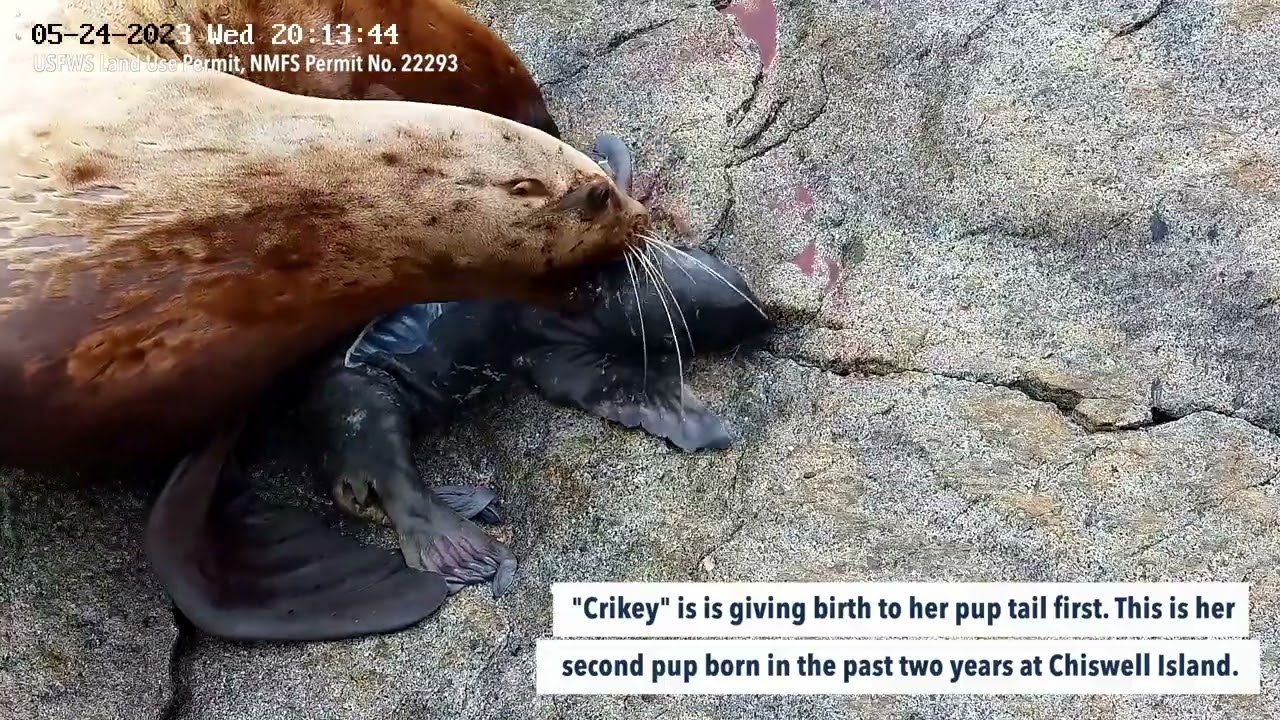Heads or Tails? Steller Sea Lions Thrive Despite Being Endangered
Steller sea lions are among the creatures that we must be concerned about. These amazing creatures can be found in the North Pacific Ocean, and they are one of the world’s most endangered marine mammals. The species was declared endangered in 1997, and since then, people have been trying to find ways to protect them. Despite their endangered status, Steller sea lions thrive on Chiswell Island, where the ASLC research team monitors their births through remote video cameras. It is indeed good news, as this gives us hope that the species can continue to thrive.
The ASLC Research Team is Busily Monitoring Endangered Steller Sea Lion Births
The ASLC research team continuously works to ensure the sea lions are well-monitored. This helps conserve the species and provides essential information on how to care for them. The team has been monitoring the endangered sea lions at Chiswell Island through remote video cameras. Recently, the team announced that they had seen 16 live births on the island, which is excellent news.
On a Mission to Protect Steller Sea Lions
The researchers from the ASLC research team are on a mission to protect Steller sea lions. They use various methods, including remote video cameras, to monitor sea lions and study their behavior. This type of research provides valuable information that can be used to develop conservation programs that protect Steller sea lions and their habitats.
Steller Sea Lion Births Thrive at Chiswell Island
Chiswell Island has been an excellent spot for Steller sea lion births. The remote location has allowed sea lions to thrive in their natural habitat without interruptions. The sea lions typically choose Chiswell Island and other remote locations for their breeding grounds, away from human disturbance. The conditions on the island are ideal for the sea lions, and the ASLC research team is delighted to observe their successful births through the remote video cameras.
Why Are Steller Sea Lions Thriving On Chiswell Island?
Steller sea lions need certain conditions to thrive, and Chiswell Island offers precisely that. The island has clean water, a rocky shoreline, and plenty of food resources. These conditions allow sea lions to give birth and nurture their young. The ASLC research team believes that when sea lions are in a safe environment, they can flourish, which is evident in the births recorded on the island.
Why We Should Continue to Protect Steller Sea Lions
Despite the encouraging news we heard from the ASLC research team, we still have a lot of work to do to protect Steller sea lions. They remain endangered, and we must continue our efforts to conserve them. Steller sea lions play a critical role in the marine ecosystem; they are the apex predator in the food chain, controlling the fish population and other marine life. A healthy population of Steller sea lions will ensure a balanced ecosystem, and we are responsible for protecting these creatures.
In Conclusion
The ASLC research team has done an excellent job monitoring the births of endangered Steller sea lions in Chiswell Island through remote video cameras. The announcement of 16 live births is encouraging news, and it shows that our efforts to conserve the species are making a difference. We must continue to protect Steller sea lions, as they play a crucial role in the marine ecosystem. By doing so, we ensure a balanced marine ecosystem and give these amazing creatures a chance to thrive.
*****
Summary of Description:
The ASLC research team uses remote cameras to monitor Endangered Steller sea lion births at Chiswell Island and has observed 16 live births.
*****
*****
Source Description
Heads or tails?
The ASLC research team monitors Endangered Steller sea lion births at Chiswell Island through remote video cameras. So far, the team has seen 16 live births on the island!


